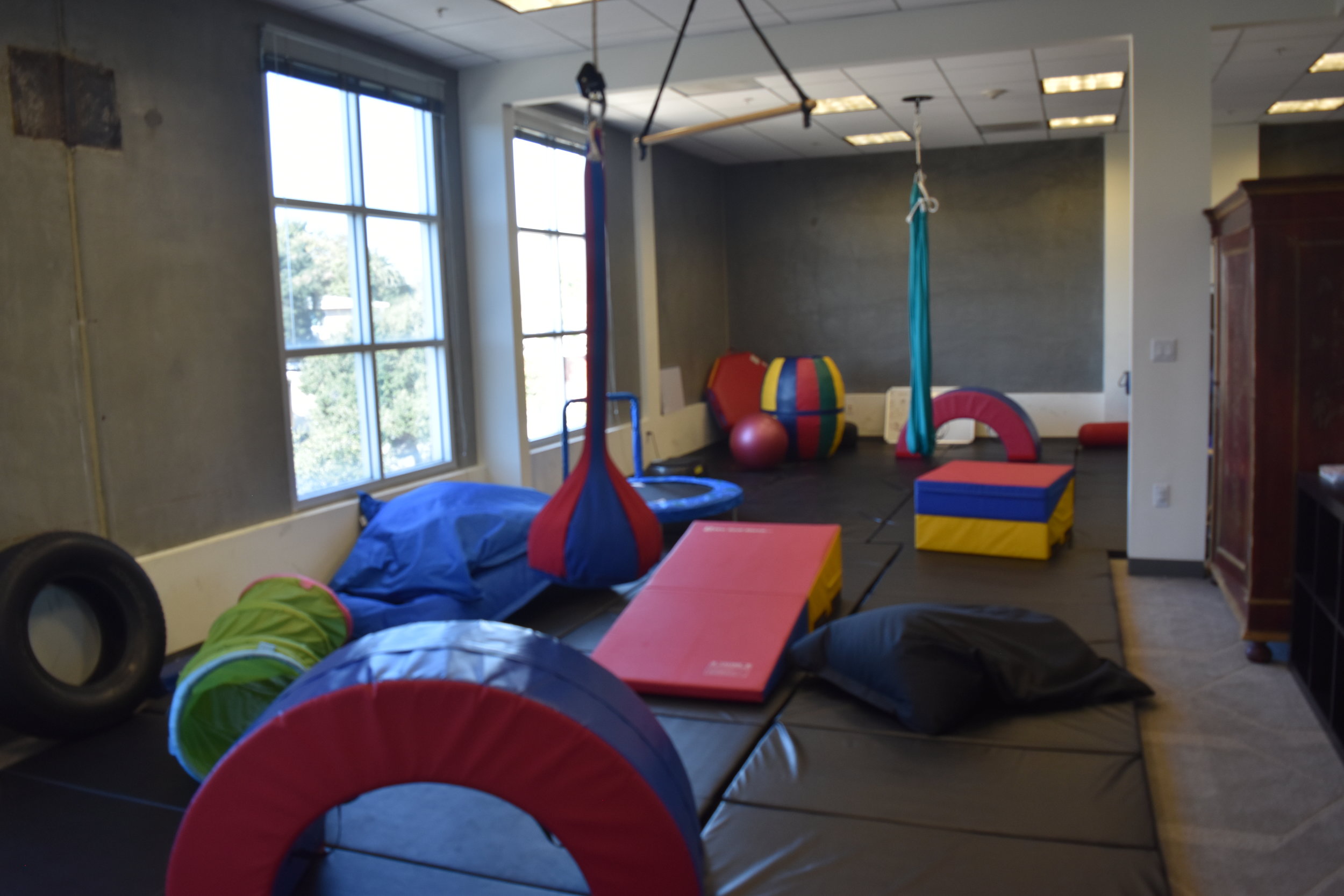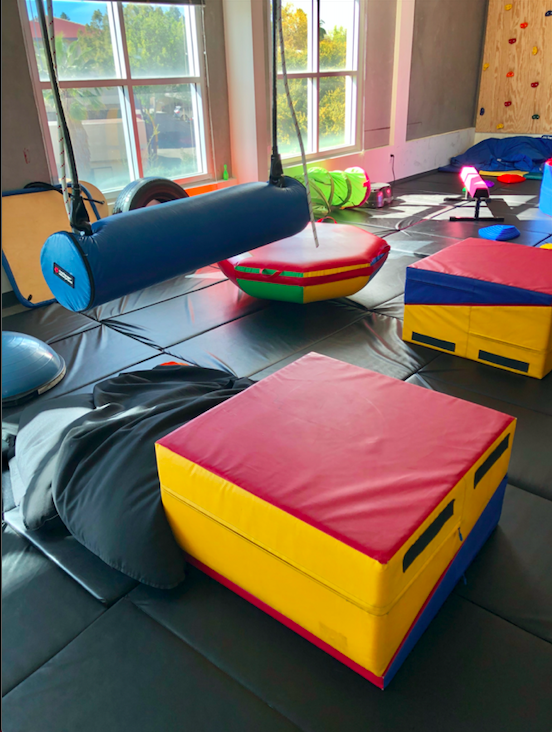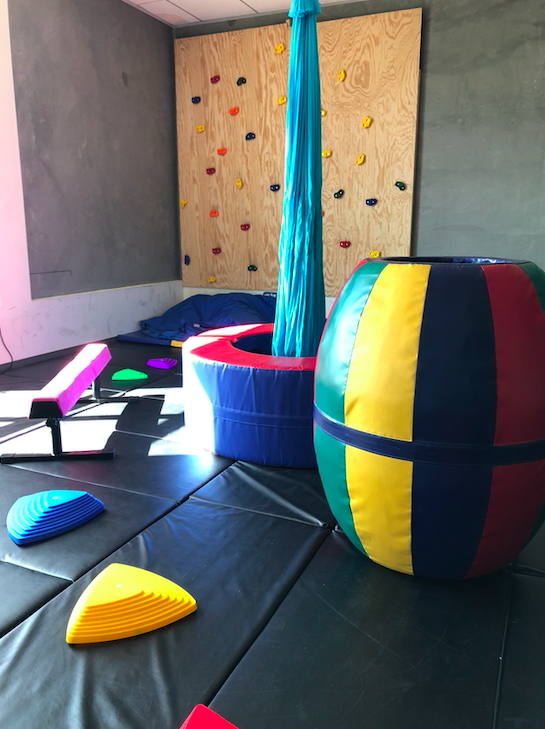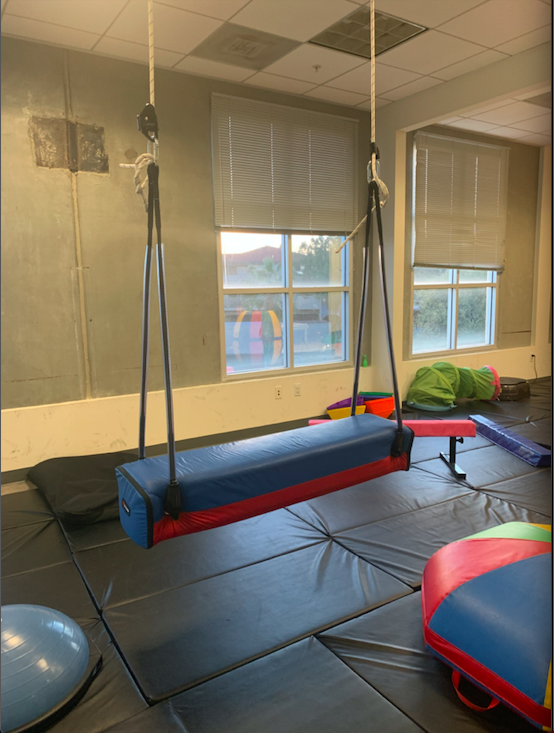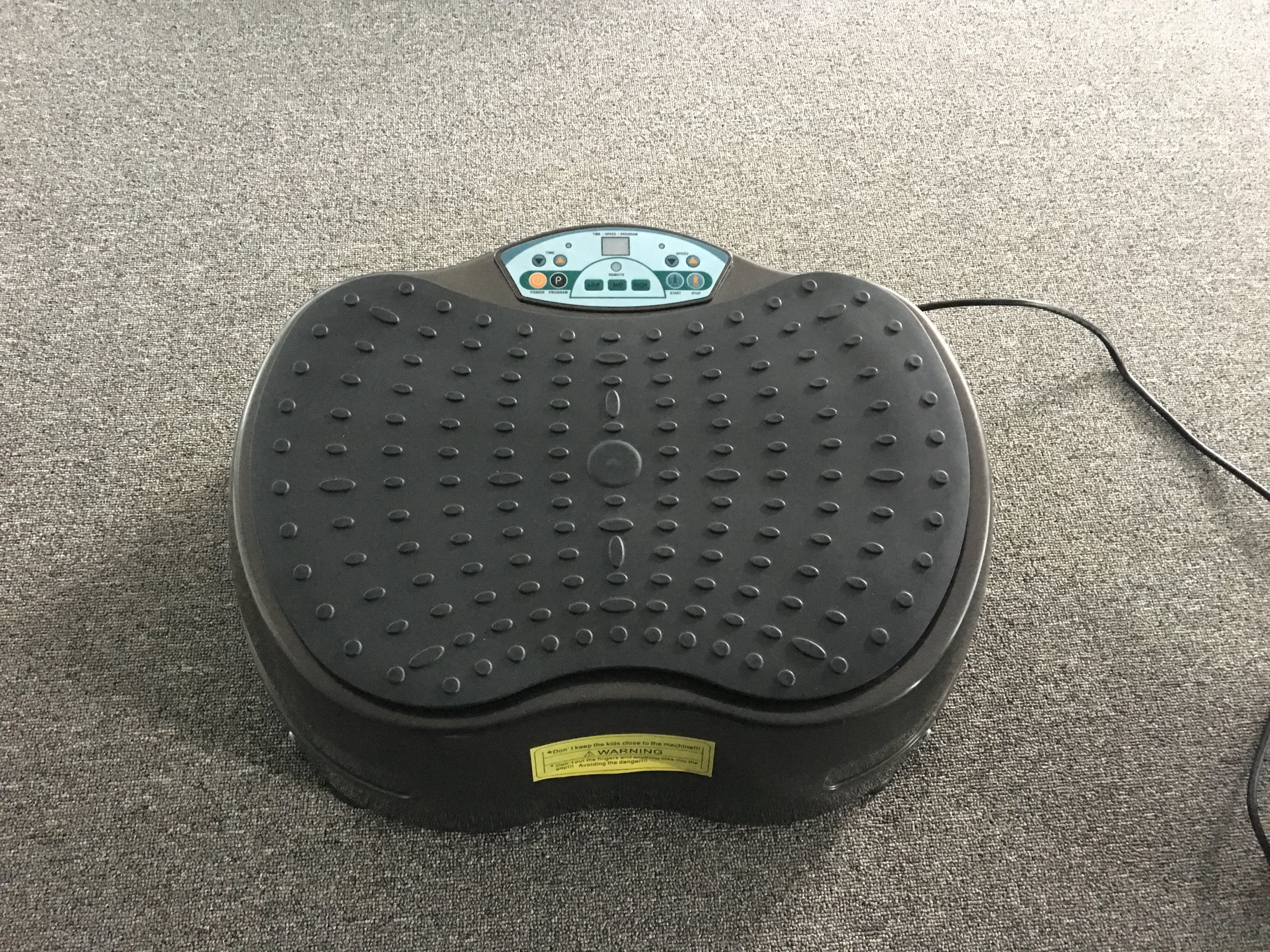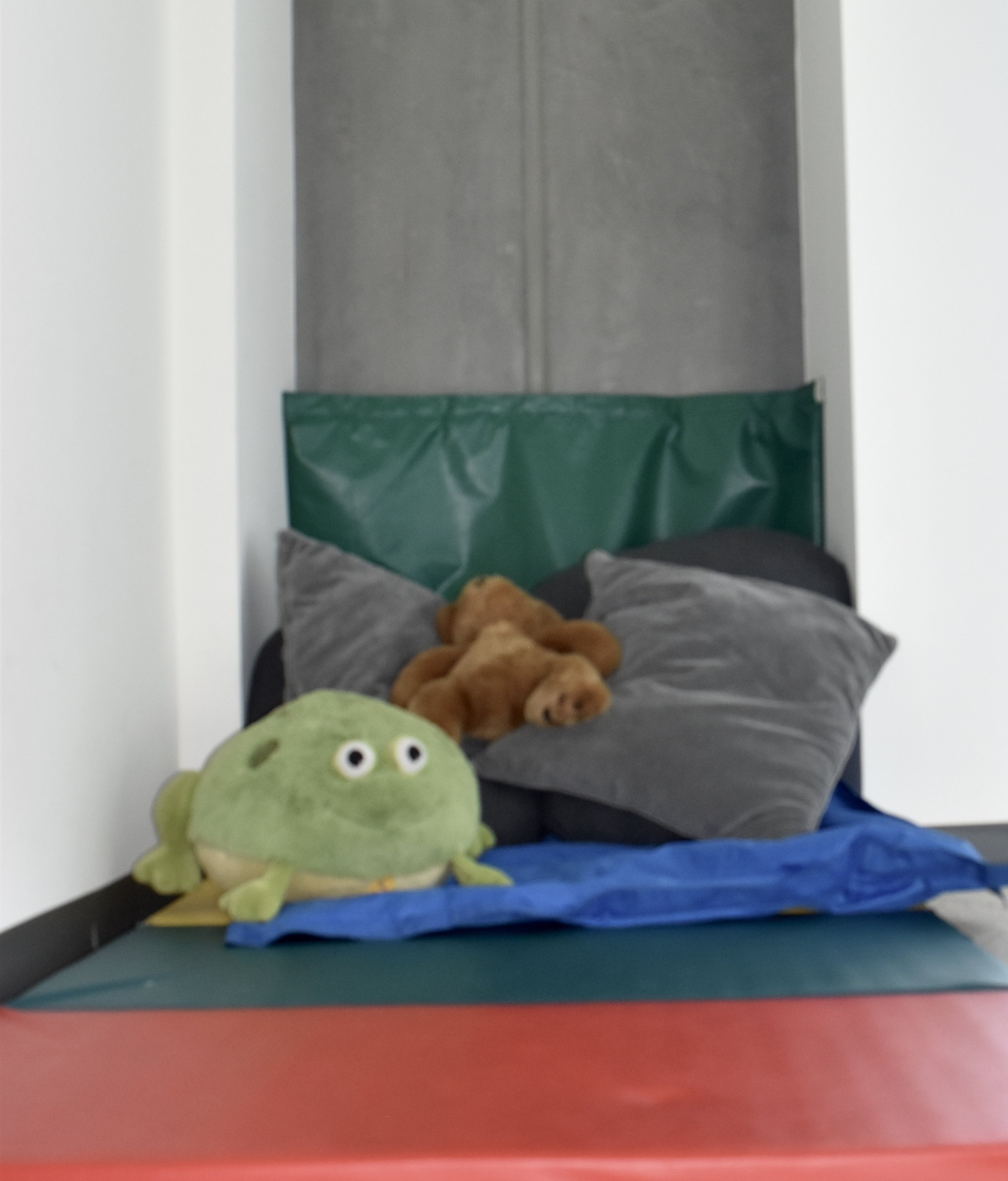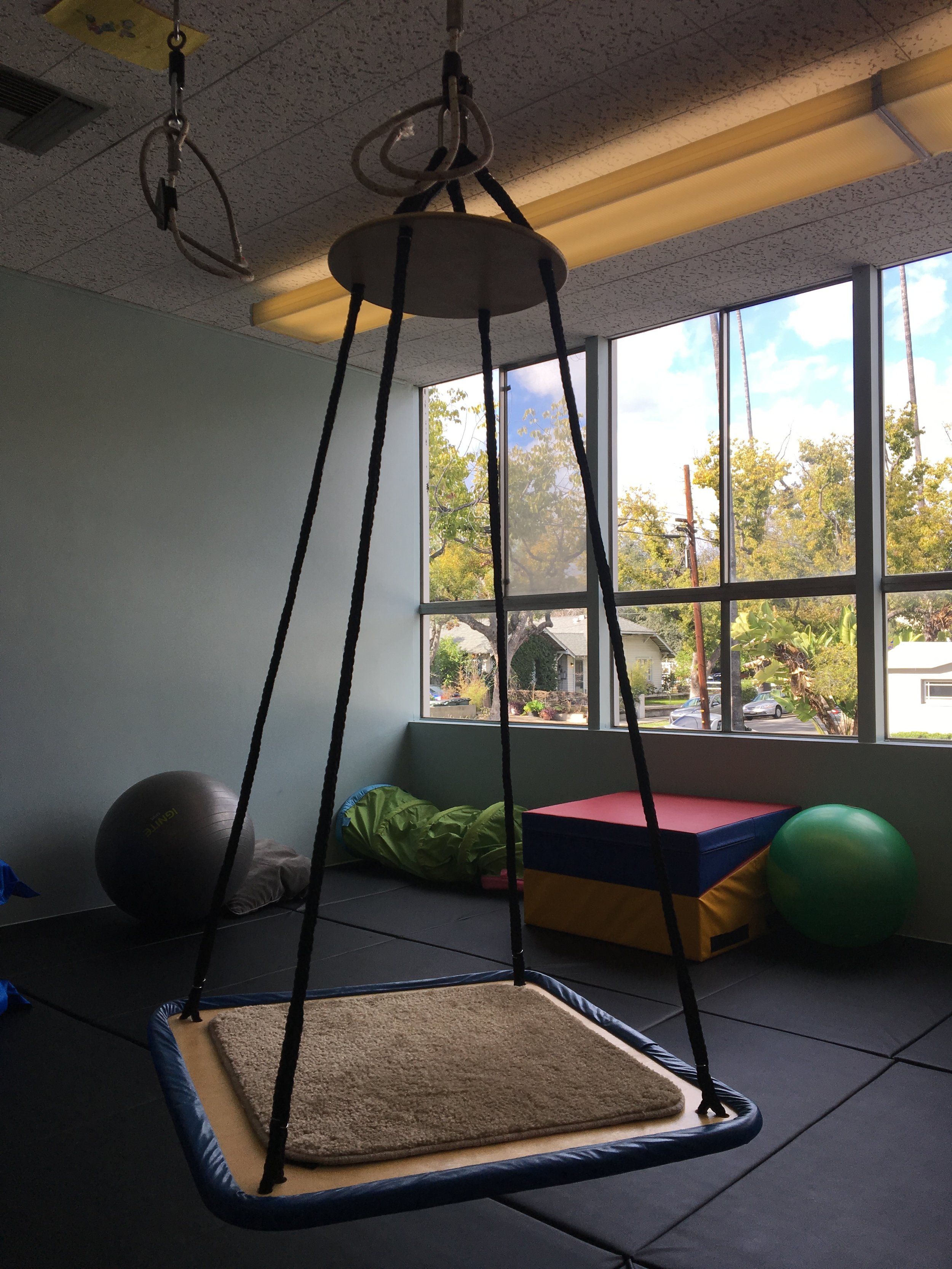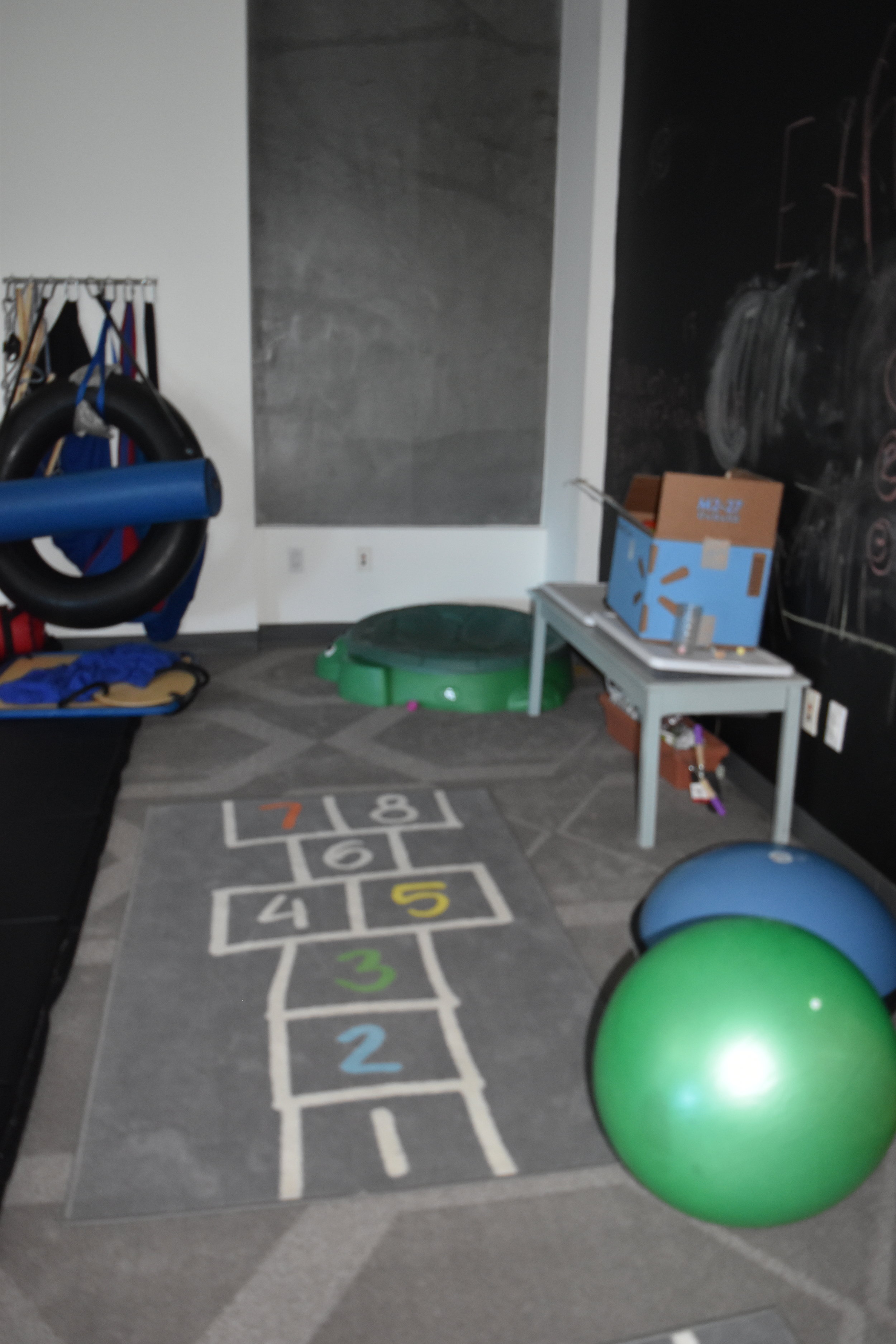by Dr. Jamie Chaves, OTD, OTR/L, SWC
Sleep is a daily occupation in which all of us participate. Some better than others. When sleep is disrupted this is a red flag for occupational therapists, and should be for parents and other professionals as well. Sleep plays a critical role in restoration of brain cells, supporting brain plasticity, resting muscles and joints, and regulating our circadian rhythm. Poor sleep negatively impacts almost every area of functioning and development. Here’s a list of indicators of poor sleep patterns (for children and adolescents):
*Requires longer than 30-45 minutes to settle before preparing to falling asleep
*Takes longer than 15-20 minutes to fall asleep
*Requires someone present in the room, next to the bed, or lying in bed in order to fall asleep
*Restlessness or frequent changing of positions
*Getting up or waking up at night on a regular basis
*Inconsistent sleep patterns (e.g. sleeps 6 hours one night and 10 hours the next night)
*Gets less than 8 hours of sleep for 3-5 year olds or less than 7 hours of sleep for 6-13 year olds (numbers according to the National Sleep Foundation)
Poor sleep can be an indicator of sensory processing disorder (SPD) for myriad reasons. Different subtypes of SPD impact sleep differently. Sometimes the bedtime routine leading up to bedtime is dysregulating, which consequently impacts the quality of sleep. Sometimes the child is so overstimulated from the day that settling to sleep can be challenging. Sometimes the overstimulation from the day is so exhausting to your child that he wants to nap after school which disrupts his sleep at night. Sometimes the events of the day were so understimulating that the body was essentially in sleep mode all day long. It’s important to note that children with unaddressed sensory processing modulation disorder have a difficult time self-regulating because they do not yet have the strategies to do so. Therefore co-regulation, adaptive strategies, and use of external sensory inputs will be necessary until they can internalize the strategies provided by their occupational therapist. Don’t be quick to brush off requests or complaints from a child as “behavioral” or a means to “escape bedtime”.
If your child…
· Doesn’t like the feeling of pajamas (or other specific clothes)
o He/She may be over-responsive to tactile input
o Try sleeping naked, wearing a compression shirt to bed, or wearing an oversized t-shirt to bed
· Doesn’t like the feeling of sheets
o He/She may be over-responsive to tactile input
o Try lycra sheets (“Skweezrs”), using a weighted blanket (7-10% of child’s body weight)
· Gets upset when bathing or showering
o He/She may be over-responsive to tactile input
o Try bathing or showering in the morning, bathing or showering before dinner, switching from a shower to a bath
· Wants to sleep next to someone
o He/She may be seeking or under-responsive to proprioceptive input
o Try moving the bed to a corner, buying a body pillow
· Wants stuffed animals or pillows piled on top
o He/She may be seeking or under-responsive to proprioceptive input
o Try sleeping under or on top of a bean bag, using a weighted blanket (7-10% of child’s body weight)
· Changes positions throughout the night
o He/She may be seeking or under-responsive to vestibular or proprioceptive input OR over-responsive to tactile input (i.e. the movement is response to discomfort from pajamas/sheets)
o Try moving the bed to a corner, sleeping under or on top of a bean bag, using a weighted blanket (7-10% of child’s body weight), lycra sheets (“Skweezrs”), wearing a compression shirt to bed, wearing an oversized t-shirt to bed
· Falls out of the bed
o He/She may be seeking or under-responsive to vestibular input
o Try moving the bed to a corner, sleeping under or on top of a bean bag, using a weighted blanket (7-10% of child’s body weight)
· Must have complete silence when falling asleep
o He/She may be over-responsive to auditory input
o Try using a sound machine or white noise machine, wearing noise-cancelling headphones
· Dislikes the taste of toothpaste
o He/She may be over-responsive to oral (taste/smell) input
o Try brushing without toothpaste at night, using an electric toothbrush, flavored toothpaste (not peppermint or cinnamon)
· Snacks right before bedtime
o He/She may be seeking oral input
o Try only giving chewy or crunchy foods before bedtime and/or at dinner
· Uses a bottle at bedtime
o He/She may be seeking oral input
o Try giving a piece of candy to suck on when reading in bed, keeping a cup of water next to the bed, using an electric toothbrush
· Looks around room when falling asleep
o He/She may be seeking visual input
o Try putting in a nightlight, hanging blue or green tube lights, using a moving fishtank toy
· Complains the room is too bright (even with the lights off)
o He/She may be over-responsive to visual input
o Try facing the bed away from the windows, getting heavy curtains for the windows, using a sleep mask
Poor sleep may also exacerbate sensory processing to the point that child appears to have SPD. Think about a time you were tired in a meeting or presentation—what did you do? Oftentimes adults get up to move, swivel in the chair, bite nails, chew on a pen, drink or eat something, fidget with an object, doodle on the paper. All of these are sensory strategies to stay awake and alert. Now think about a time you didn’t sleep well—how did you function the next day? Did you get up more frequently from your desk? Did you have more difficulty multi-tasking or remembering details? Did you notice your tolerance of people around you dropped?
Consider a child who chronically sleeps poorly. Her tiredness may manifest by constantly jumping or skipping around in an attempt to stay awake. He could “zone out”. Chewing on his sweatshirt or nails may help him focus. She might be more reactive towards peers. His frustration tolerance might be limited or he might give up easily. Spinning in circle could give him more stimulation. Any strategy to say “wake up, body!” is likely. And anything that tests an already short fuse will lead to a “zero to sixty” response.
While all children are different in their sleep routine preferences there are a few things I regularly recommend.
1) Eat dinner early—about 2 ½ hours before bedtime. This will allow for digestion.
2) Play hard for about 45 minutes before you start the quiet bedtime routine.
3) Transition to the calming routine by dimming the lights and playing classical instrumental music.
4) Brush teeth. This is usually not a favorite for most kids, so doing it first will allow for the other activities to re-regulate him/her.
5) Take a warm bath. Showers can be very stimulating because each stream can feel like a pin prick.
6) Read 2-3 books together in bed.
7) Sing 1-2 songs.
8) Hug and kisses.
9) Lights out.
It’s important to make slow changes to the bedtime routine and to try each strategy for 1-2 weeks before giving up. Change is hard so it may be met with initial resistance. Try to get your child involved as much as possible in making decisions, such as picking the color of the lycra sheets or deciding where the nightlight should be placed. No matter what, keep your sleep at the forefront of your conversations until you find a manageable solution!

